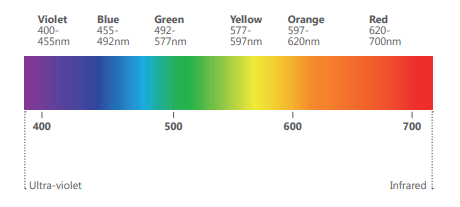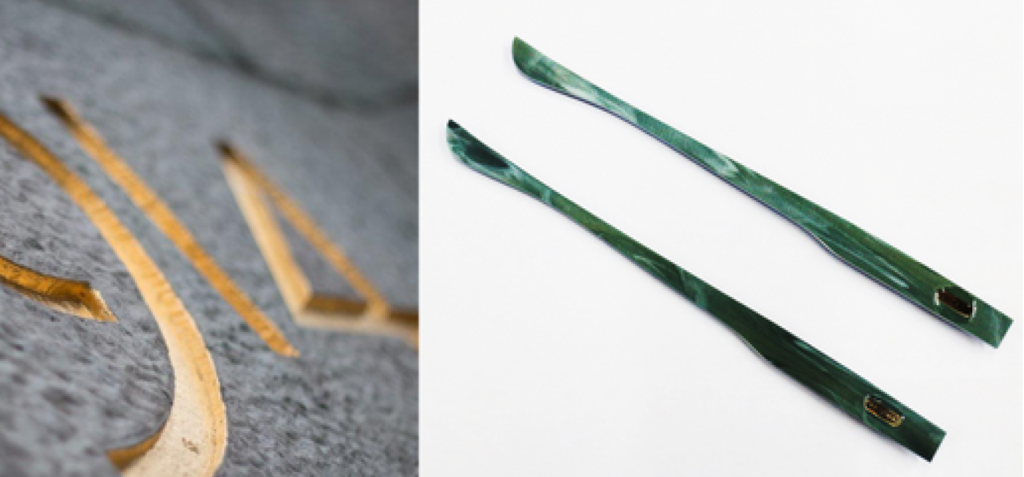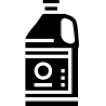By way of introduction, we will remind you of a few basic notions of physics.
Then, during the following weeks, we will deal with the combination principle and the definition of color.
You will also discover how to create a color.
And finally, we will share with you our tips to correct a color.
It can be very useful when you work in an ophthalmic lenses laboratory or a sun lenses laboratory.
These tips will also serve you if you work in an 3D printing lab. or any other coloring laboratory.
Let’s start with our introduction!
Some notions of physics
Color is a manifestation of light according to the electromagnetic spectrum visible to the human eye.
The whole of the visible spectrum can be demonstrated by its dispersion, possible by means of a prism, a lens or a diopter.
Many color representations of the rainbow indicate 6 colors. The 3 primary colors, blue, yellow and red, can generate the other colors.
When you color your parts of any type of plastic material with our ranges: CRX, PCL4, GTC, GTD, GMP… The same notions are applied.
These notions enable TCN to:
- Tint organic lenses: CR-39® lenses, polycarbonate lenses, therapeutic lenses,
- Dye 3D printing parts: MJF, SLS, SLA,
- Dye polyamide: PA11, PA12, TPU, PEEK, acrylic, ABS…

Let’s meet in the next part, which will be about the combination of primary, secondary and tertiary colors…
























